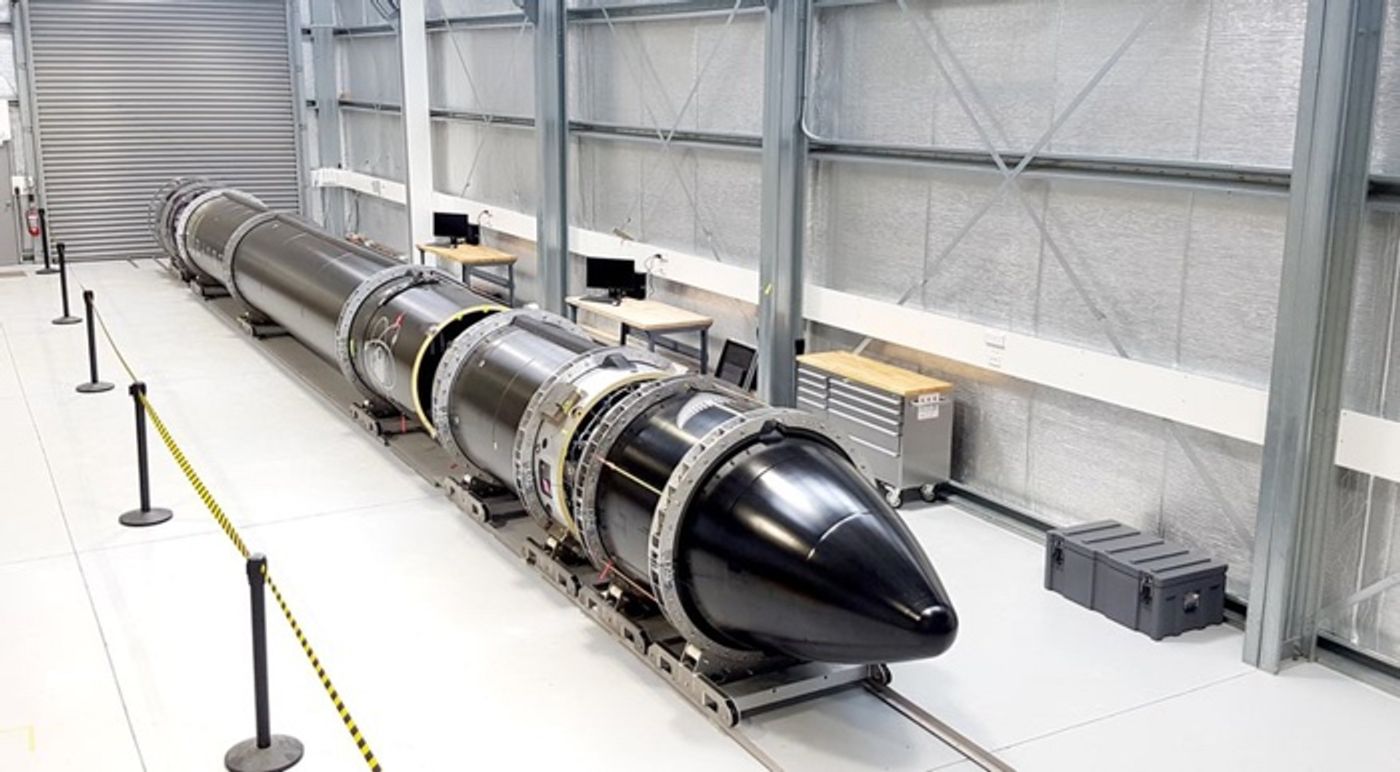Rocket Lab Explains Why the Electron Rocket Didn't Make it Into Orbit
Back in May, Rocket Lab hyped up the launch of their 3D-printed rocket dubbed the Electron Rocket, but things didn't quite go as expected.
Image Credit: Rocket Lab
They aimed to put the rocket into orbit around the Earth, but despite what was otherwise a successful liftoff from a launch pad in New Zealand, the Electron Rocket just barely missed orbital altitude after reaching outer space at 139 miles above the Earth’s surface.
Rocket Lab has so far remained quiet while investigations into what botched the attempt were ongoing, but we may finally know why things didn’t go according to plan.
Rocket Lab says that while the Electron Rocket functioned exactly how the company intended it to, the problem was related to a malfunction in ground-based data monitoring equipment.
This equipment aided Rocket Lab engineers in both monitoring and controlling the Electron Rocket throughout the launch by communicating live data back and forth.
Rocket Lab blames the mishap on equipment misconfiguration, which caused a brief loss of communication after the rocket reached space. As per safety protocol, engineers terminated the launch before it could reach its destination.
“We have demonstrated Electron was following its nominal trajectory and was on course to reach orbit,” Rocket Lab CEO Peter Beck explained of the anomaly.
“While it was disappointing to see the flight terminated in essence due to an incorrect tick box, we can say we tested nearly everything, including the flight termination system.”
Rocket Lab says the failed equipment was owned by a third-party contractor, not by the company itself.
A second Electron Rocket test launch will occur soon, but Rocket Lab hasn’t given an exact ETA for when that might happen.
The Electron Rocket is very different from rockets launched by SpaceX and other organizations. Not only is it 3D printed, but it’s also scaled down to just 55 feet tall and is 120 times more cost-efficient to launch.
These benefits spell out cost savings for companies seeking to launch smaller equipment into space without paying the high price tags associated with launching larger rockets.
Unfortunately, the Electron Rocket’s first stage doesn’t land upright after a rocket launch like SpaceX’s Falcon 9 does.
Source: The Verge









